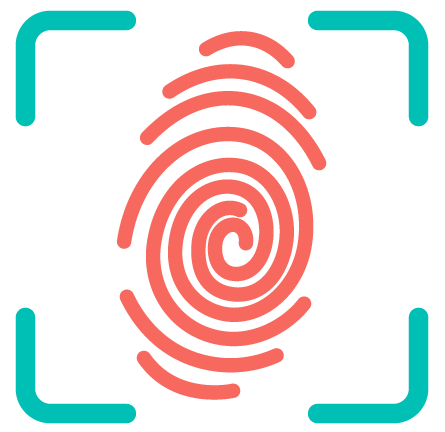What is Fibonacci series in Java?
Fibonacci series in Java. In fibonacci series, next number is the sum of previous two numbers for example 0, 1, 1, 2, 3, 5, 8, 13, 21, 34, 55 etc. The first two numbers of fibonacci series are 0 and 1.
How to get the Fibonacci row in a thread?
I have a Class (to get the fibonacci row): The task now is to start f (x-1) and f (x-2) each in a separate Thread. One time with implementing the Thread class and the other with implementing Runnable.
What are the first two terms of the Fibonacci sequence?
The first two terms of the Fibonacci sequence are 0 followed by 1. Fibonacci Series: 0, 1, 1, 2, 3, 5, 8, 13, 21, 34 Suppose, our first two terms are:
How do you display the Fibonacci series up to 100?
Fibonacci Series Upto 100: 0, 1, 1, 2, 3, 5, 8, 13, 21, 34, 55, 89, In this example, instead of displaying the Fibonacci series of a certain number, we are displaying the series up to the given number (100). For this, we just need to compare the firstTerm with n. And, if firstTerm is less than n, it is printed in the series.
A Fibonacci Series in Java is a series of numbers in which the next number is the sum of the previous two numbers. The first two numbers of the Fibonacci series are 0 and 1.
What is the time complexity of Fibonacci series using dynamic programming?
b)Using Dynamic Programming : It is a technique to reduce the time complexity of Fibonacci series from O(2n) to O(n). In case of Dynamic programming, Function calling will be same but the values are stored once a distinct function is executed and the values will be retrieved if the same function calls again.
Why is Fibonacci dynamic programming?
A brief introduction to dynamic programming by solving the Fibonacci number sequence. Dynamic programming is a commonly studied concept in Computer Science. It is not an algorithm. Rather it is an algorithmic technique to solve optimization and counting problems.
How do you optimize the Fibonacci sequence?
As we all know, the simplest algorithm to generate Fibonacci sequence is as follows: if(n<=0) return 0; else if(n==1) return 1; f(n) = f(n-1) + f(n-2);…
- f(n – 1) = f(n – 2) + f(n – 3) so f(n) = 2 * f(n – 2) + f(n – 3) .
- @minitech if I want to use the cache method, can you give me the complete code?
What is fibonacci series algorithm?
Fibonacci series is a special kind of series in which the next term is equal to the sum of the previous two terms. Thus, the initial two numbers of the series are always given to us.
Is Fibonacci recursive?
In mathematics, things are often defined recursively. For example, the Fibonacci numbers are often defined recursively. The Fibonacci numbers are defined as the sequence beginning with two 1’s, and where each succeeding number in the sequence is the sum of the two preceeding numbers.
How do you write a fibonacci series program?
Let’s see the fibonacci series program in c without recursion.
- #include
- int main()
- {
- int n1=0,n2=1,n3,i,number;
- printf(“Enter the number of elements:”);
- scanf(“%d”,&number);
- printf(“\n%d %d”,n1,n2);//printing 0 and 1.
- for(i=2;i
Is dynamic programming like recursion?
Dynamic programming is nothing but recursion with memoization i.e. calculating and storing values that can be later accessed to solve subproblems that occur again, hence making your code faster and reducing the time complexity (computing CPU cycles are reduced).
Is dynamic programming the same as recursion?
What Is the Difference Between Dynamic Programming and Recursion? Recursion is when a function can be called and executed by itself, while dynamic programming is the process of solving problems by breaking them down into sub-problems to resolve the complex one.
How to learn dynamic programming?
Characterize the structure of an optimal solution.
How to solve Fibonacci sequence using dynamic programming?
– Method 1 (Use recursion) – Method 2 (Use Dynamic Programming) – Method 3 (Space Optimized Method 2) – Method 4 (Using power of the matrix { {1, 1}, {1, 0}}) – Method 5 (Optimized Method 4) – Method 6 (O (Log n) Time)
What are the characteristics of dynamic programming?
It breaks down the complex problem into simpler subproblems.
Why is “dynamic programming” called dynamic?
He said that the inventor, Richard Bellman, chose the name “dynamic programming” because it did not mean anything. The inventor was doing mathematics and at that time, he was being funded by a part of the defense department that didn’t approve of mathematics, and he wanted to conceal that fact…
